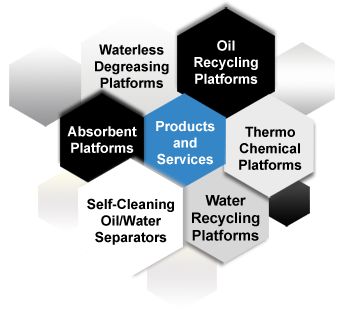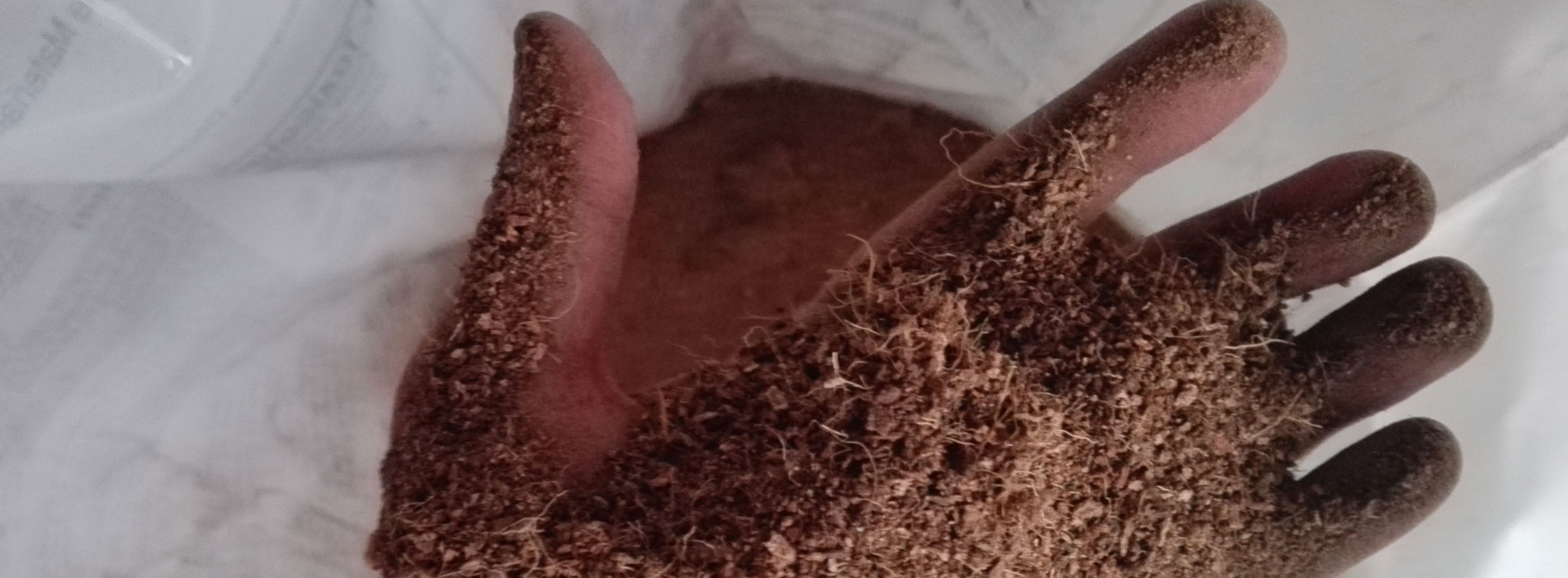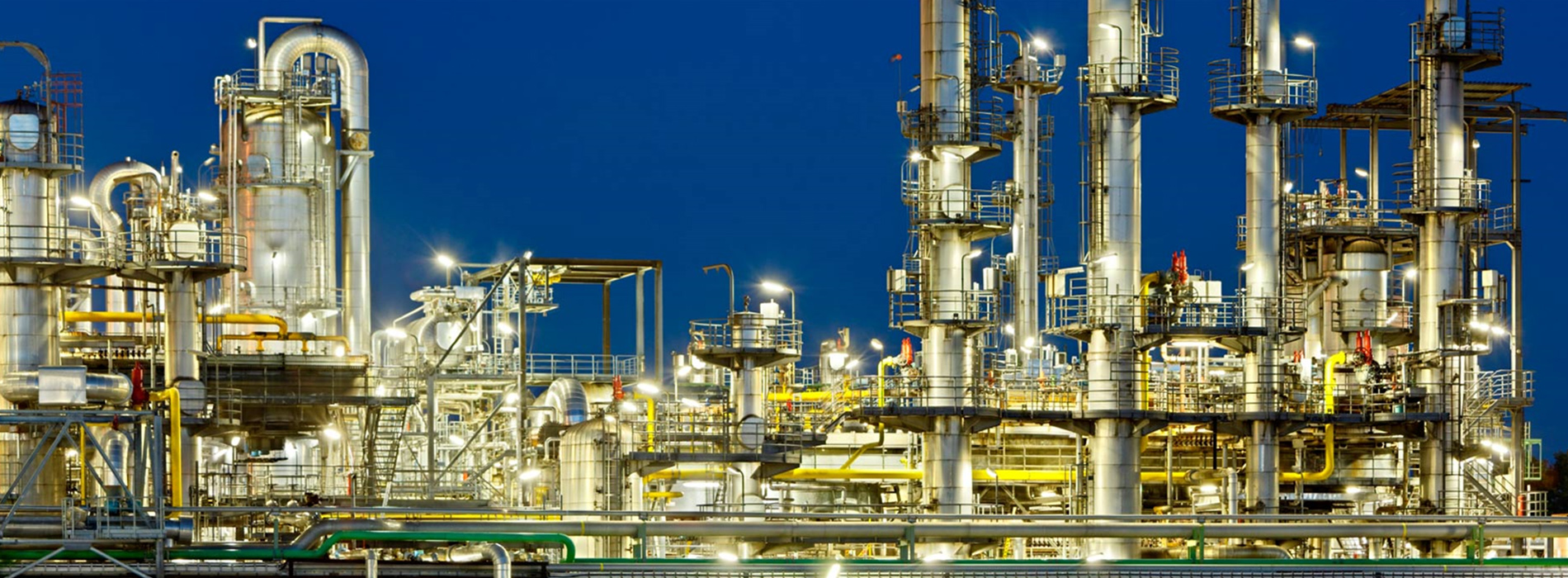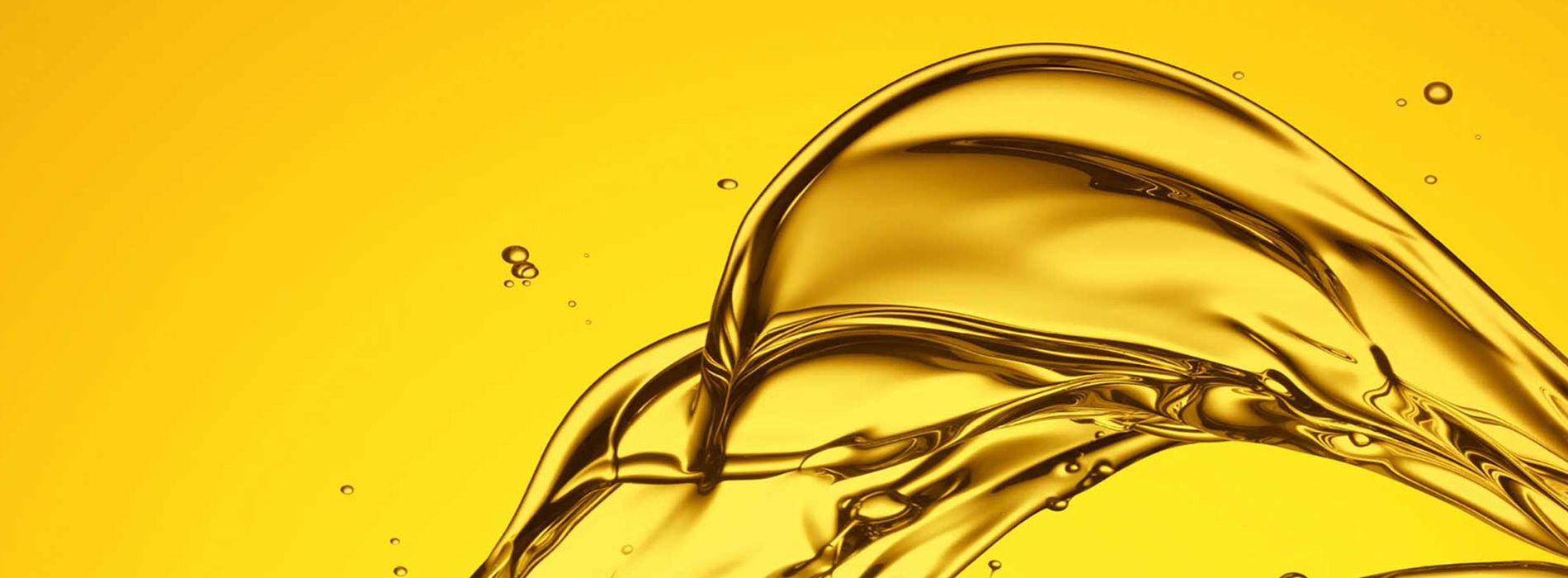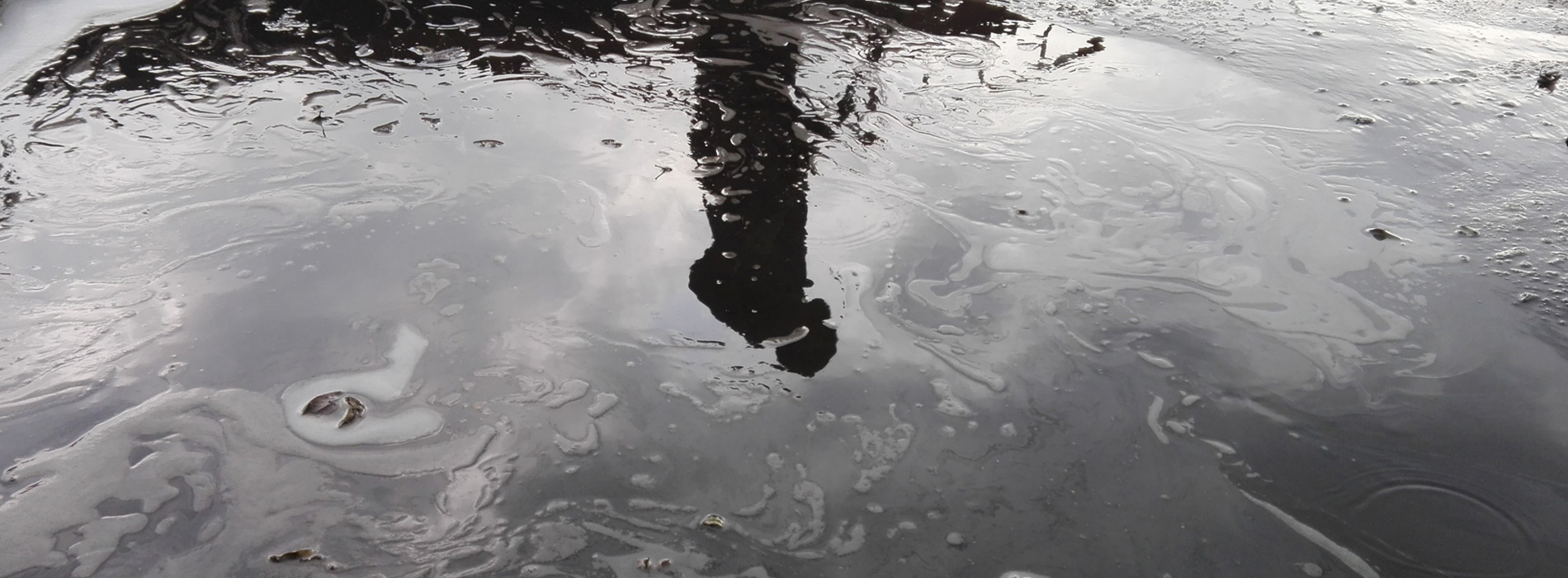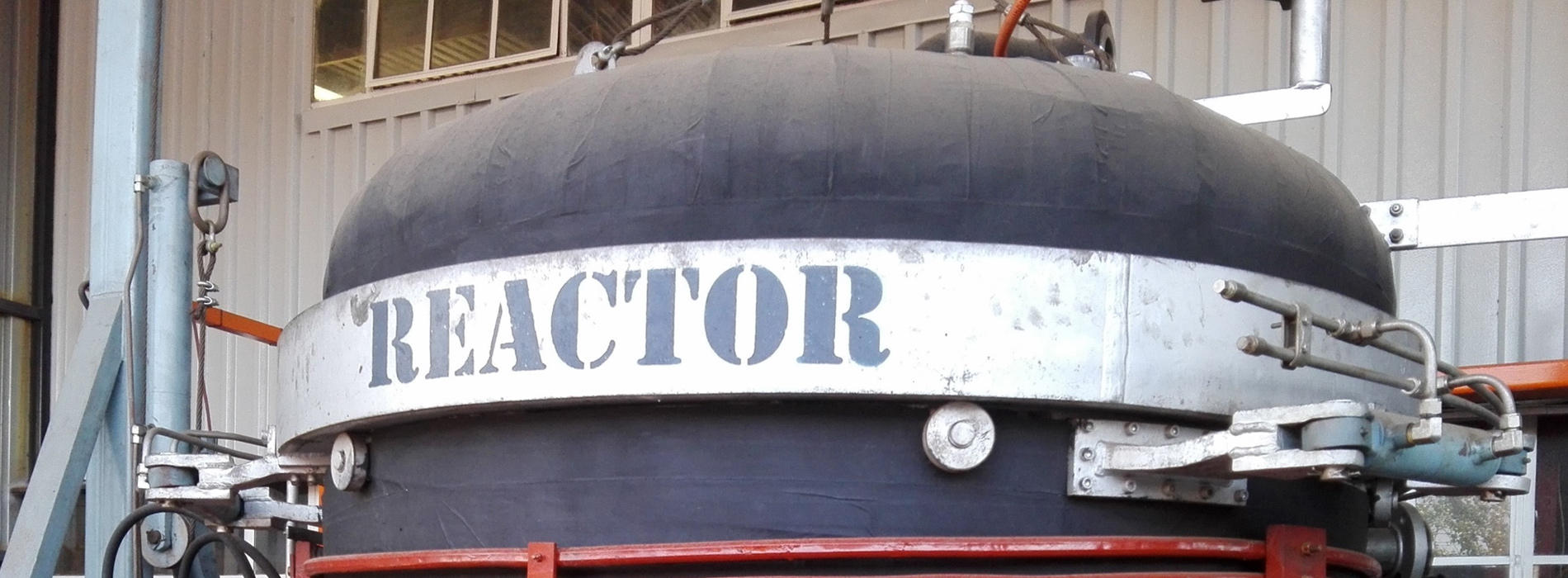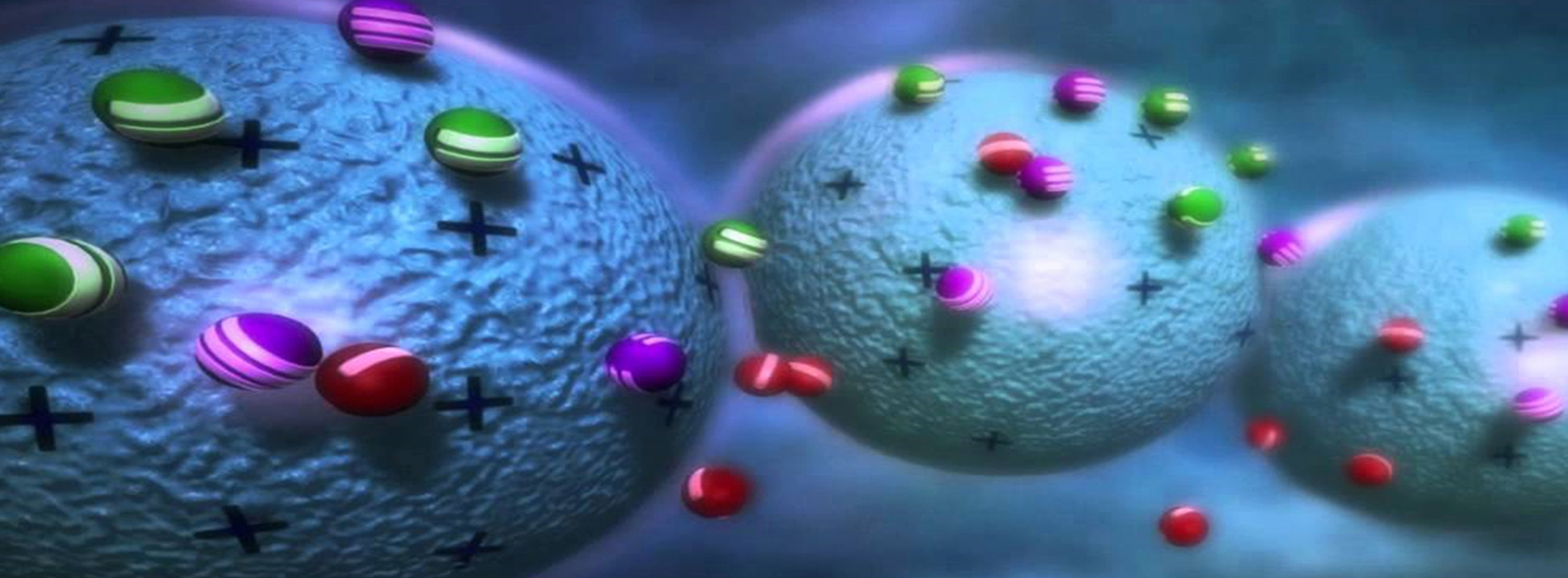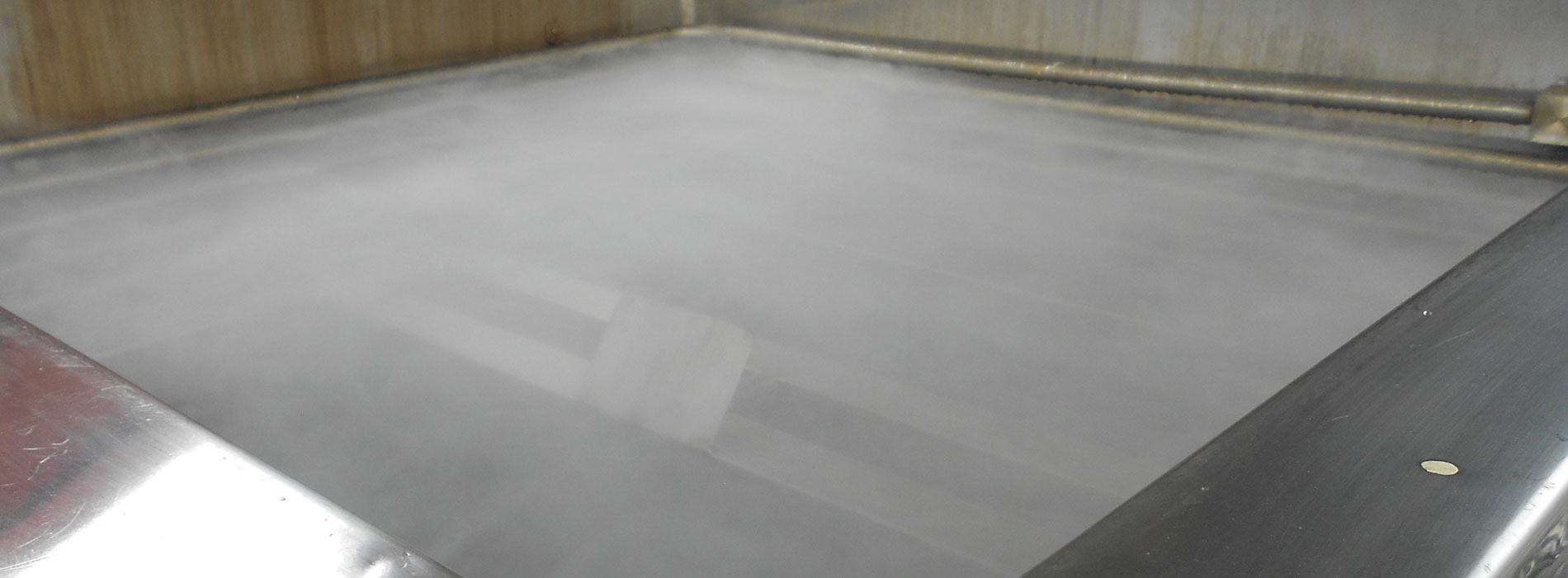Oil Recycling Platforms
OSS Oil Re-Refining
Re-refining of used lube oil is an economically viable recycling method in terms of resources conservation and environment protection. At OSS, we believe we are one step closer to a circular economy as it allows processing of a hazardous material, up cycling it, to produce a high quality hydrocarbon product.
Re-refining can produce base oils to Group I quality, but with further processing a Group II or VGO product that is a suitable feedstock to FCC or HDC Refinery Units.
Used lube oil is generally a mixture of different types and grades of used lube oils, coming from Automotive and other industries. Used lube oil is made up of many small individual batches collected at garages, maintenance shops, transportation companies and industries and depends on local situation, seasonal consumption and collection source.
Petroleum products are essentially composed of hydrocarbons, i.e. compounds containing only carbon and hydrogen. The simplest hydrocarbon molecule is methane, CH4. This molecule is the simplest Alkane and is better known as natural gas. It can be extended with the addition of more carbon and hydrogen atoms, usually forming into longer chains.
The lubricating oil molecules can be divided into three broad groupings:
Paraffinic: Predominantly straight chains, tend to be waxy, have a high pour point and good viscosity/temperature stability.
Naphthenic: Straight chains with a high proportion of five and to a lesser extent six membered ring structures. Tend to have a low pour point. They are highly carcinogenic and generally not used in engine oil.
Aromatic: Straight chains with six membered ring benzene structures.
In practise, no real distinction exists between these various groupings as many lubricating oil molecules are a combination, to varying degrees, of the different types of hydrocarbons. The main point to bear in mind is that these molecules are extremely stable. Lubricating oil molecules never wear out – all that happens is that the additives in the oil wear out or deplete and need replacing and the oil gets wet due to the emulsifiers in it.
The Re-refining stage
The re-refinery removes all the contaminants mentioned above and restores the oil to its original condition. Used oil is collected from centralised collection points at places such as service stations, workshops, recycling depots and factory sites.
Step 1 – Dehydration.
The oil is stored to allow water and solids to separate out from the oil, then the oil is heated to 120oC in a closed vessel to boil off any emulsified water and some of the light fuel.
Step 2 – Diesel stripping.
The dehydrated oil is then fed continuously into a Thin Film Evaporation.
The fractions obtained are as follows:
- Light fuel and diesel.
- Lubricating oil. The bulk of the feedstock will distil off in the plant to produce a lubricating oil fraction.
Step 3 -Residue.
The non-distillable part of the feedstock. This contains all the carbon, wear metals, degraded additives and most of the oxidation products. This residue is successfully used as bitumen extender for road making and roof building.
Step 4 – Lube oil distillation and condensation.
The lubricating oil fractions are then passed through a Solvent extraction tower in the presence of N-methyl-pyrolidone (NMP). The NMP solvent is an aromatic selective solvent which, in addition to removing some colour and odour, is able to extract all unwanted aromatic contaminants present in the paraffinic lubricating oil. The base oil typically a high quality Group I SN 150 and SN 500 base stock which can then be blended to create a high quality lubricating oil.
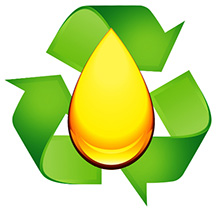

New motor oil that is put into your vehicle engine doesn’t wear out, it just gets dirty. That’s the idea behind re-refining. Today our industry can use advanced technical processes to remove the contaminants that build up in the used oil and restore it to good-as-new condition.
The following is from an EPA report entitled “Managing Used Motor Oil.”
“Used oil is a valuable resource because it has lubrication value and heat value. Although motor oil becomes contaminated during use with materials that reduce its ability to adequately lubricate engine parts, it still maintains its basic lubricating properties. When specially treated to remove contaminants, the used oil can be used as a base stock to produce new lubricating oil. This keeps the lubricating value of the used oil from being wasted. In addition, reusing the used oil as a base stock for lubricating oil saves the virgin oil that would otherwise be used as the lubricating oil base stock.”
When you buy a quart/pint of new motor oil, approximately 90% of the content is what is called lubricating base oil. The base oil is usually made by refining virgin crude oil. Major refineries take in crude oil and process it to make gasoline, diesel fuel, jet fuel, asphalt – and in some cases, lube base oil.
Many years ago, it was not uncommon for lube base oil to be used directly as lubricating oil. But over the years, the demands imposed by modern high performance engines have led to new formulas that require supplemental chemicals to be added to the base oil. That’s why today, around 10% of typical motor oil is made up of different chemical additives that improve the performance of the lubricant. These additives may help the oil maintain its lubricating quality at very high or low temperatures. Some of the additives help to bond to water molecules to prevent the formation of rust. As the lubricating oil is used in an engine, the additives break down, and the oil becomes contaminated by components such as carbon and fuel.
Eventually you change your oil to make sure that the lubricant has the capability to continuously protect the engine. The base oil component of the used oil is still valuable. Our challenge is to remove the contaminants and recover and purify the lube base oil. A generation ago, this wasn’t easy to do, but through the hard work of innovators in our industry, today there are many recyclers that are able to accomplish this task consistently and reliably.
Click Here for more information…


